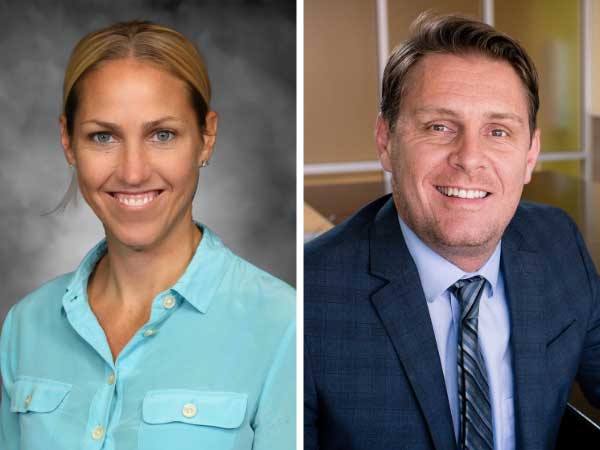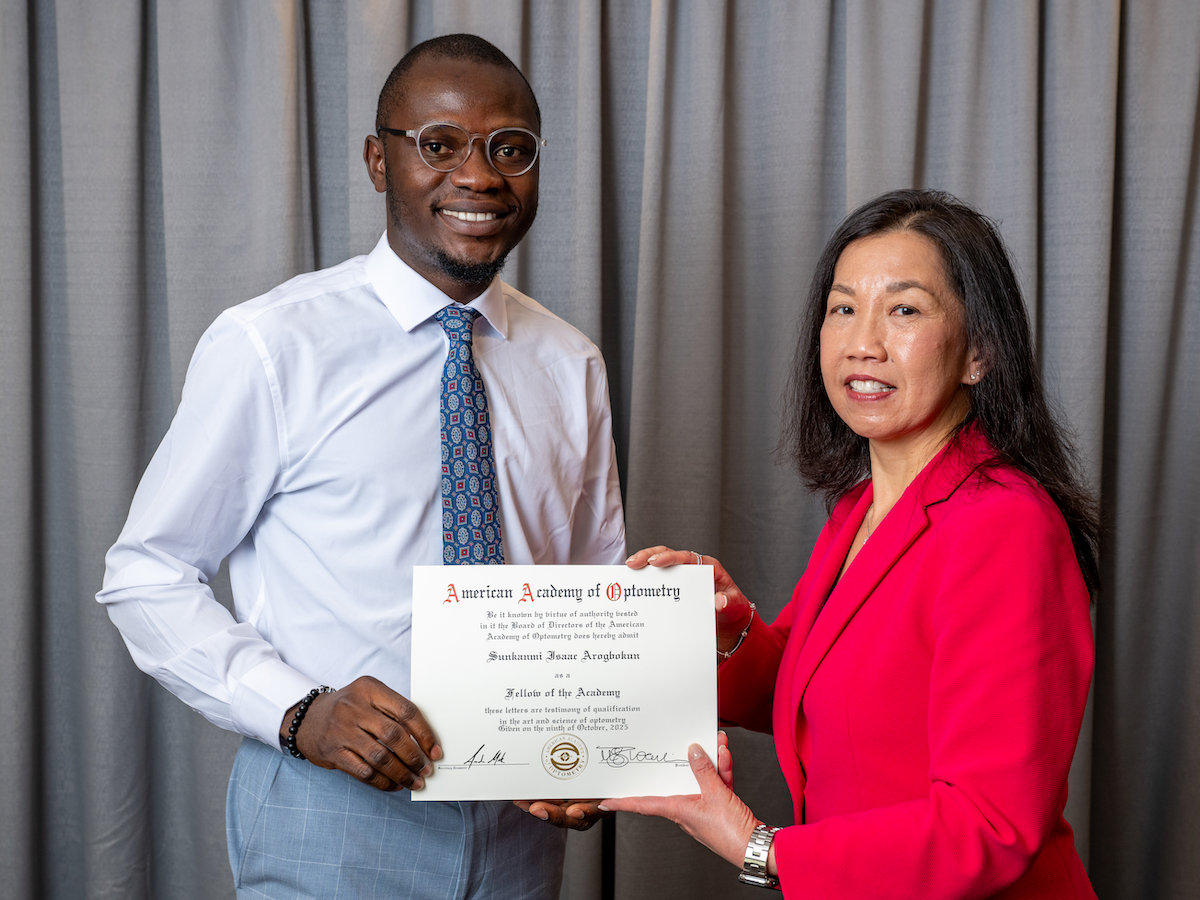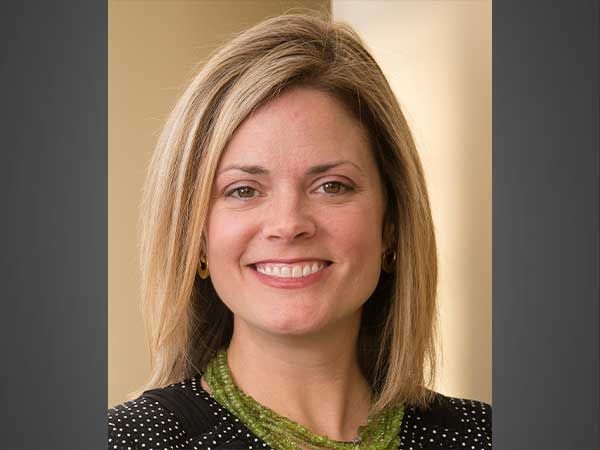 When Dr. Christine Loyd woke up one morning in late 2023 with excruciating back pain, it became an unexpected five-month journey to uncover the source: a sacral fracture. What followed was more than a year of persistent, life-altering pain.
When Dr. Christine Loyd woke up one morning in late 2023 with excruciating back pain, it became an unexpected five-month journey to uncover the source: a sacral fracture. What followed was more than a year of persistent, life-altering pain.
“Even now, I still experience pain every day,” Loyd said. “It changes how you interact with the world, how your nervous system responds to any injury. That personal experience really deepened my interest in understanding the biology behind chronic pain.”
That motivation now guides her latest research. Loyd and Dr. Tyler Wright, fellow faculty member in the Department of Clinical and Diagnostic Sciences, have been awarded a FY25 pilot grant from CEDHARS. As co-principal investigators, they’ll lead the study, “Linking the Gut Microbiome to Chronic Pain in Adults with Multiple Sclerosis (MS)-Related Physical Disability.”
The study aims to uncover potential connections between gut bacteria and the persistent pain experienced by individuals living with MS, a chronic neurological disorder that often leads to disability and heightened pain sensitivity.
While Loyd brings a background in mobility and physical disability research, Wright contributes his deep expertise in immunology, inflammation and molecular assays – creating a complementary partnership despite this being their first research collaboration.
“We’ve worked together in teaching for years, but this is our first joint research effort,” Wright said. “Christine brings so much experience in human studies and physical disability, and I bring more of the biological lab-based expertise. It’s a great match.”
The research will explore how the gut microbiome, the vast network of bacteria living in the digestive tract, may influence pain experiences in individuals with MS. Participants will provide stool samples and report on their pain levels, with Wright analyzing microRNA expression as a possible objective marker of chronic pain.
“Pain is notoriously subjective,” Wright explained. “Right now, the best we have is asking someone to rate their pain on a scale of one to ten. But if we can identify a biological signature, like a group of microRNAs linked to pain, we might finally have a way to measure it objectively.”
Loyd and Wright both emphasized that while the study focuses on MS, the broader implications could inform chronic pain treatment in other populations, as well.
“There’s a huge gap in the literature, particularly when it comes to understanding the biological mechanisms behind chronic pain in people with disabilities,” Loyd said. “If we can identify gut-based or genetic markers tied to pain, we might find ways to mitigate it – not just in MS, but in stroke, traumatic brain injury or other conditions.”
Their collaboration is also made possible through UAB’s infrastructure and support systems. They’ll recruit participants through the Lakeshore Foundation, National Center on Health, Physical Activity and Disability (NCHPAD) Connect and UAB’s existing MS patient networks – resources they say are key to conducting comprehensive, community-based research.
The researchers also hope their pilot study lays the groundwork for a larger project down the road.
“This is just the start,” Wright said. “If we can show a signal, any clear connection between the gut microbiome and chronic pain, it opens the door for new treatment strategies, maybe even interventions as simple as diet or probiotics.”
And that potential is especially meaningful for Loyd, who knows firsthand how debilitating chronic pain can be.
“There’s still so much we don’t understand,” she said. “But anything that brings us closer to helping people live with less pain is a step worth taking.

